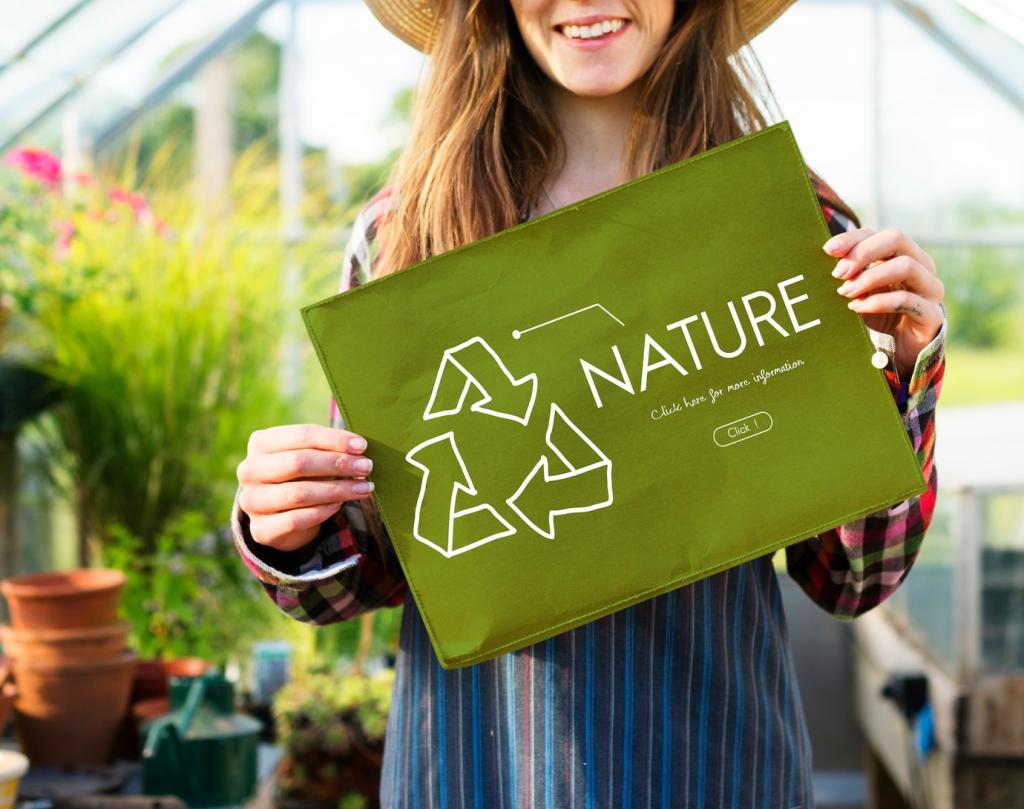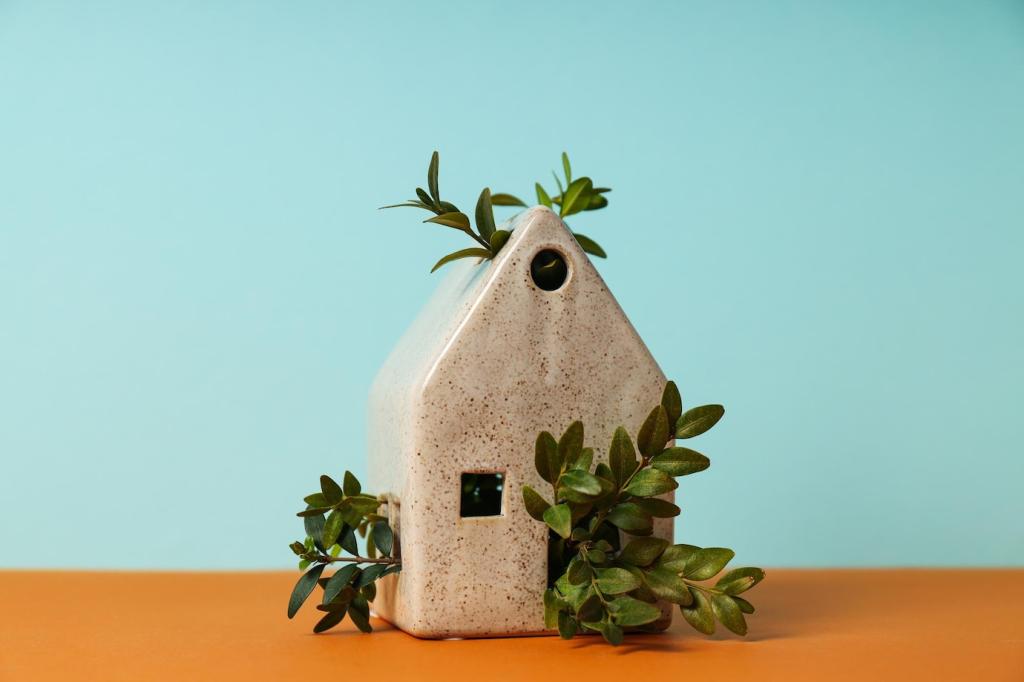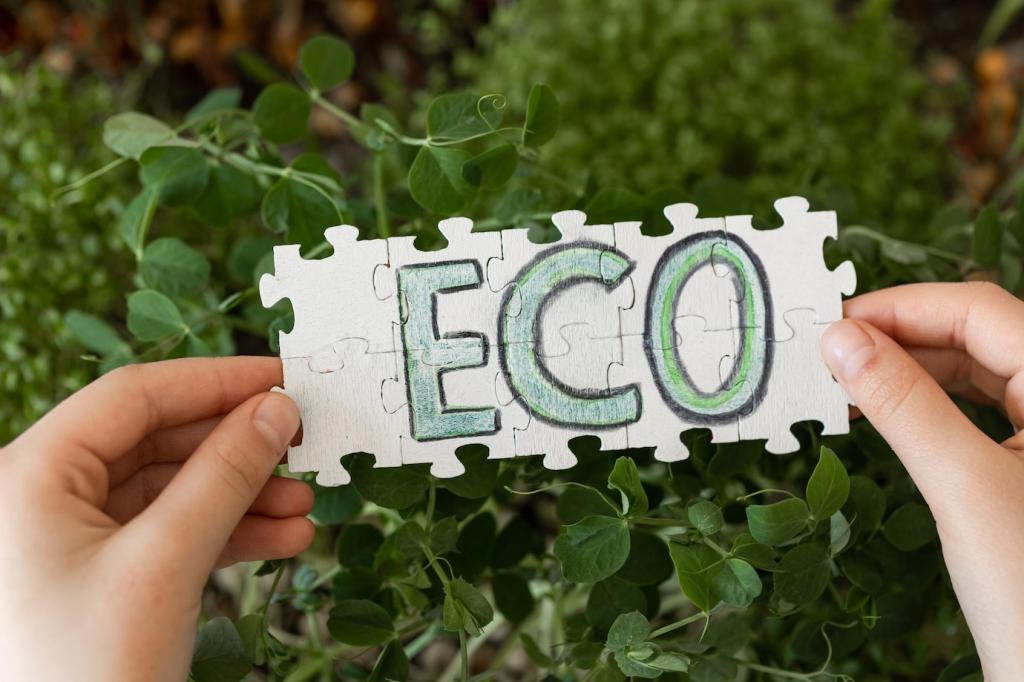Healthy, Low-Toxic Materials
Select low- or zero-VOC paints and low-tox adhesives to minimize indoor pollutants. Ventilate well during and after projects, and let materials cure fully before heavy use. Your lungs and future self will thank you. Have a brand you trust for low-VOC paints? Drop a recommendation for fellow readers.
Healthy, Low-Toxic Materials
Opt for FSC-certified wood, recycled-content tiles, and long-lived surfaces like cork or linoleum for kitchens. Durability matters as much as recyclability because replacing items early multiplies impacts. Choose timeless styles to avoid trend-driven waste. Which material swap are you considering for your eco-conscious renovation?







